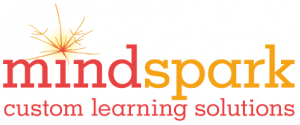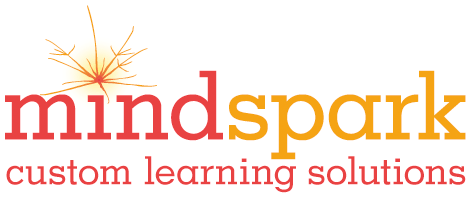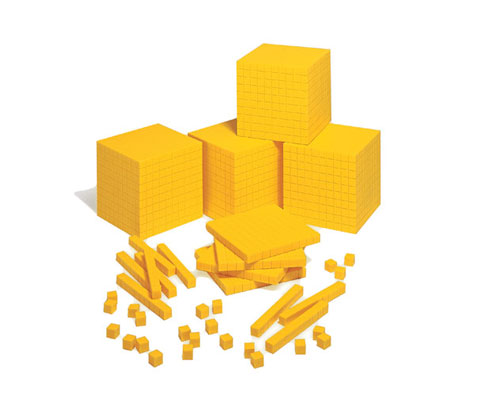Just recently I have had three older elementary school students come in for help with math, and I realize they need help on addition math facts and place value understanding. Always looking for work that gets the most bang for my buck, I have used the following process to build both a much stronger understanding of place value and an ability to add ten to any number, an ability that will help so much but is often skipped or just wafted over.
First, I get out my trusty hundreds chart, a bag of ones and tens from the base-ten blocks, a hundreds chart puzzle and a color-coded recording sheet for two-digit place value from Making Math Real.
I ask the student to build a low, single-digit number (it should be easily subitized so they don’t have to keep re-counting it). We use a green dry-erase marker to circle the number on the hundreds chart and then we record the number in green on the place value sheet. Then I make a big deal about putting the green away because we won’t be needing it for a while. I grab a ten block and also make a big deal about putting down one ten. I have the student tell me how many blocks we now have. We find that number on the hundreds chart and circle it in red, and then record the 1 in the tens place. We go all the way tone hundred and whatever. Depending on the severity of the disability, it may take a while for the student to see the pattern, but as soon as they do, I ask, totally shocked at their understanding, how they knew that? What? You mean when you go straight down on a hundreds chart, you’re adding 10?!? From then on, I ask them to predict what will be the next number. Throughout, I ask them how many tens each number has, and then how many ones (not necessarily in that order). Again depending on the severity of the student’s disability, we may do this for a few days before introducing the hundreds chart puzzle, or it could be later in the same session.
I bring out a sheet of hundreds chart puzzles and build the first single-digit number that is on
the sheet. We go through our now familiar rigamarole. Then I stop and show them the puzzle and explain that this is the piece of the hundreds chart we just circled and ask them if they can fill it out. More shock and awe at their amazing ability! Eventually, I ask if they can predict the answer to the hundreds chart puzzle before we build anything and without even looking on the chart. Ooh. “How did you know that?” I ask when it turns out their prediction is true. Lots of high-fiving ensues.
After a few more days of this procedure, I then bring out the first ten-to-teen sheet (another Making Math Real product). I reassure them that this is exactly like what they have been doing. If we need to, we go back to building the numbers. Most likely at this point, they can do it as a hundred-chart puzzle and then do the adding. Whoa! Very exciting.
I take them through a sequence of worksheets that goes from ten to teen to double digits plus ten, to double digits plus multiple tens (23 + 10 + 10 + 10) where we count by tens as they tap each ten (the obvious connection to adding dimes to any amount is worth pointing out and practicing here), to double-digit numbers plus multiples of ten, including crossing over 100 without the procedure of carrying. Don’t assume that students will be able to generalize to subtracting ten: I go through the whole sequence (hopefully abbreviated) again when we are taking away a ten.
About day six of this procedure with one particular student, he exclaimed, “Wait! I see a pattern! We’re just counting by ones, but in the tens place.” These are the moments that give me chills and make me feel blessed to be a teacher.
copyright Diana Kennedy 2014





[…] then adding a ten and going through the steps again (for a complete description of the lesson, see Two Birds with One Stone: Adding Tens), we added the hundreds chart puzzles. After a few more days going through the whole sequence with […]
Where were you when I was a kid??? You are such an awesome teacher!!!